Teenager’s school project achieves plasma
Cesare Mencarini’s recent extended project qualification (EPQ) earned him an “A” for his studies in the United Kingdom—and became, it is believed, the first nuclear reactor built in a school environment.

Cesare Mencarini’s recent extended project qualification (EPQ) earned him an “A” for his studies in the United Kingdom—and became, it is believed, the first nuclear reactor built in a school environment.

A new theoretical model about stabilizing plasma in tokamak fusion reactors is described in three papers from a study that was led by research physicist Jason Parisi of Princeton Plasma Physics Laboratory. Two papers—“Kinetic-ballooning-limited pedestals in spherical tokamak plasmas” and “Stability and transport of gyrokinetic critical pedestals”—appear in the International Atomic Energy Agency journal Nuclear Fusion. The other paper—“Kinetic-ballooning-bifurcation in tokamak pedestals across shaping and aspect-ratio”—appears in Physics of Plasmas.
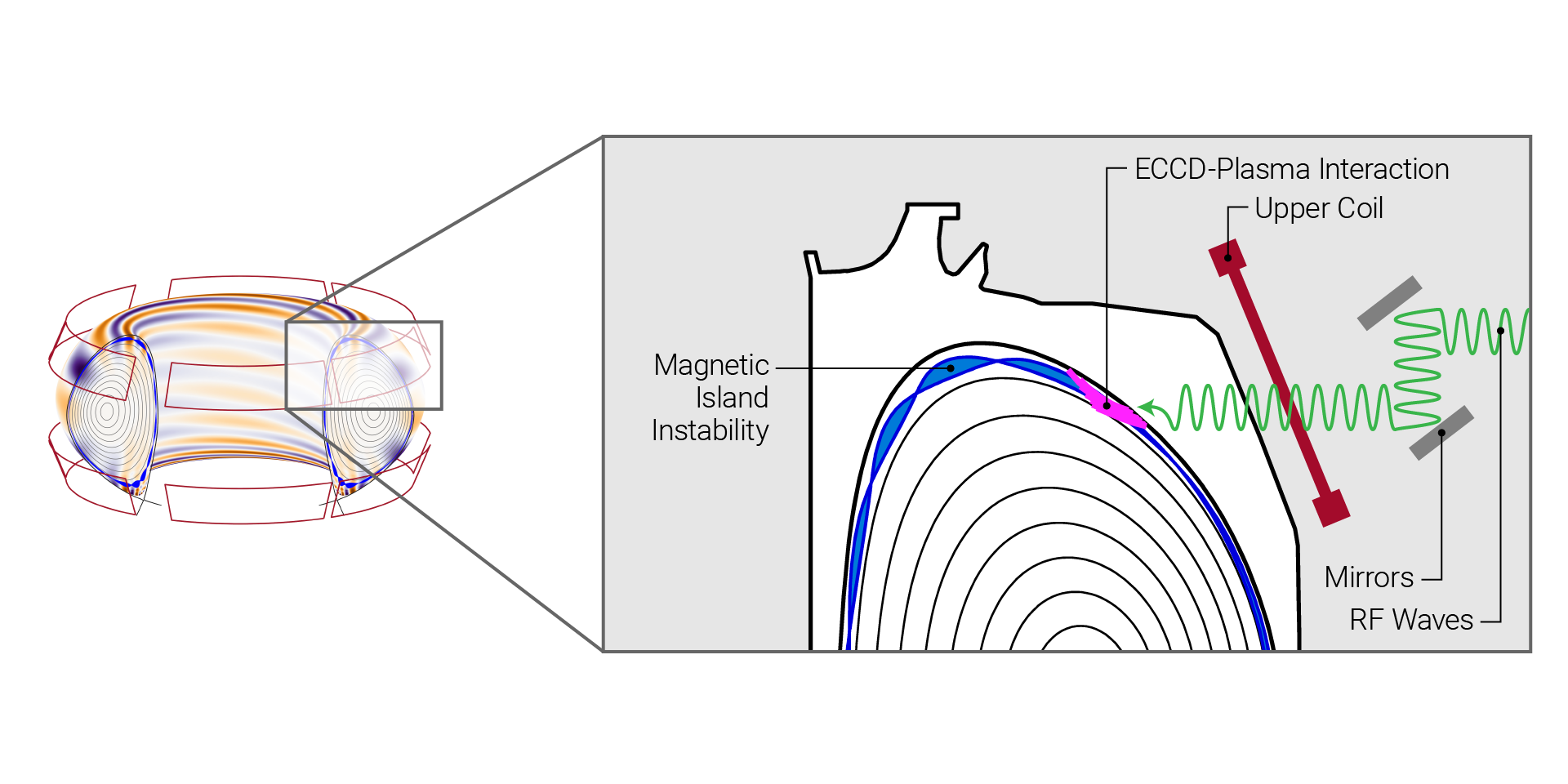
The combination of two previously known methods for managing plasma conditions can result in enhanced control of plasma in a fusion reactor, according to a simulation performed by researchers at the Department of Energy’s Princeton Plasma Physics Laboratory.
Researchers from the University of Rochester in New York and the University of California–San Diego have published a paper in Physical Review Letters describing a previously unknown class of plasma oscillations. In “Space-Time Structured Plasma Waves,” the researchers “demonstrate that electrostatic wave packets structured with space-time correlations can have properties that are independent of the plasma conditions,” such as “density, temperature, ionization state, or details of the distribution functions.” This finding is technologically relevant, the authors note, because “electrostatic waves play a critical role in nearly every branch of plasma physics from fusion to advanced accelerators, to astro, solar, and ionospheric physics.”
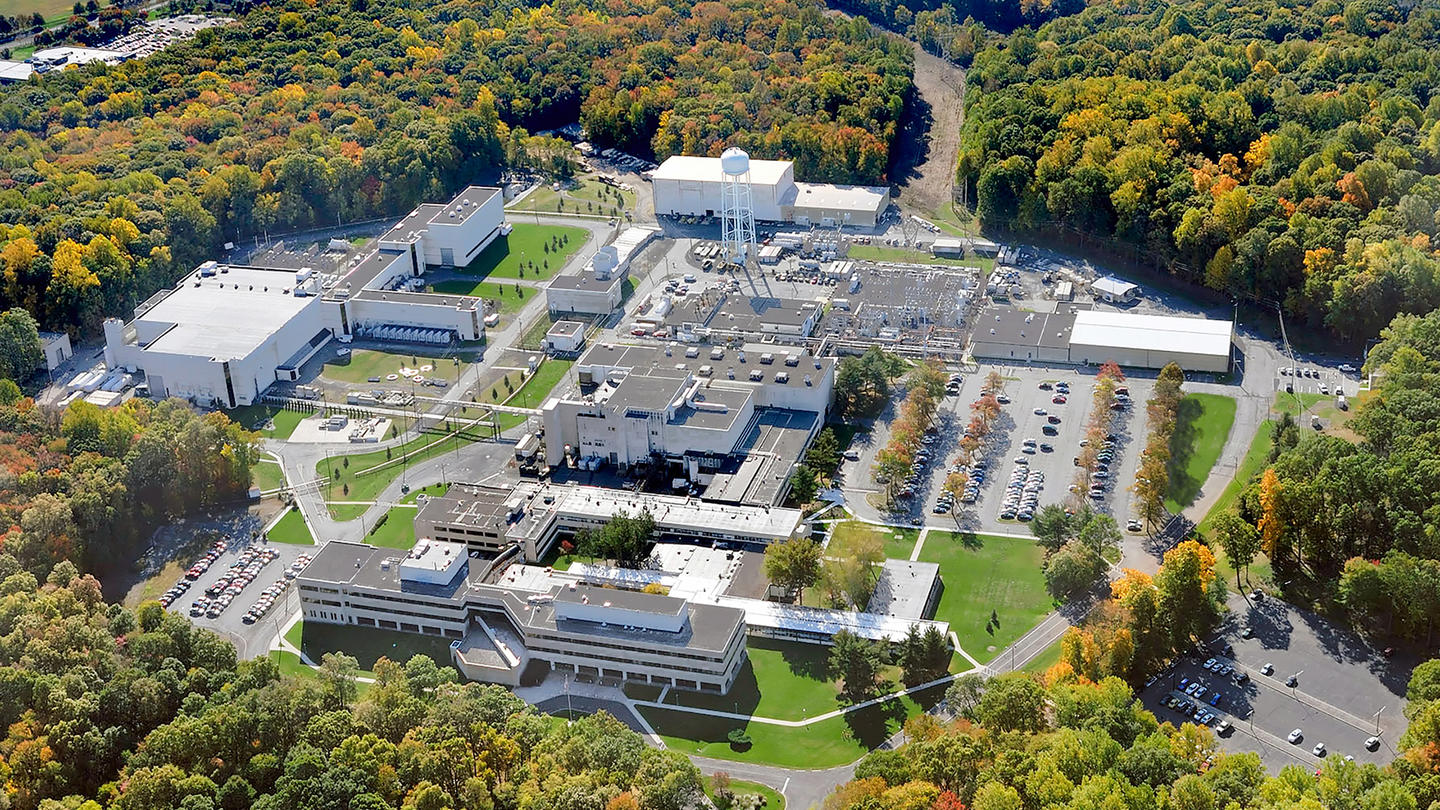
A team of engineers, physicists, and data scientists from Princeton University and the Princeton Plasma Physics Laboratory (PPPL) have used artificial intelligence (AI) to predict—and then avoid—the formation of a specific type of plasma instability in magnetic confinement fusion tokamaks. The researchers built and trained a model using past experimental data from operations at the DIII-D National Fusion Facility in San Diego, Calif., before proving through real-time experiments that their model could forecast so-called tearing mode instabilities up to 300 milliseconds in advance—enough time for an AI controller to adjust operating parameters and avoid a tear in the plasma that could potentially end the fusion reaction.
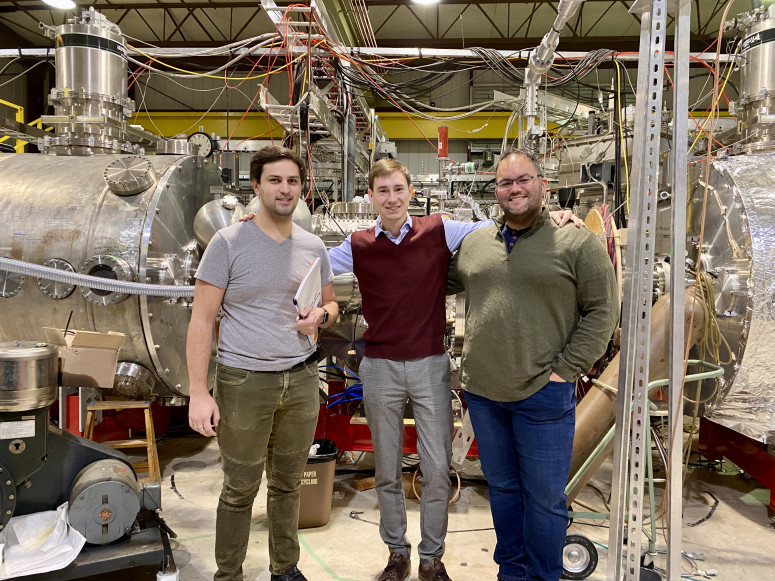
A new type of cold spray coating, made from the metal tantalum and applied to the plasma-facing steel walls of fusion reactors, could lead to efficient, compact fusion reactors that are easy to repair and maintain, according to a study recently published in the journal Physica Scripta. The study was led by scientists and engineers at the University of Wisconsin–Madison and involved researchers from South Korea, France, and Germany.
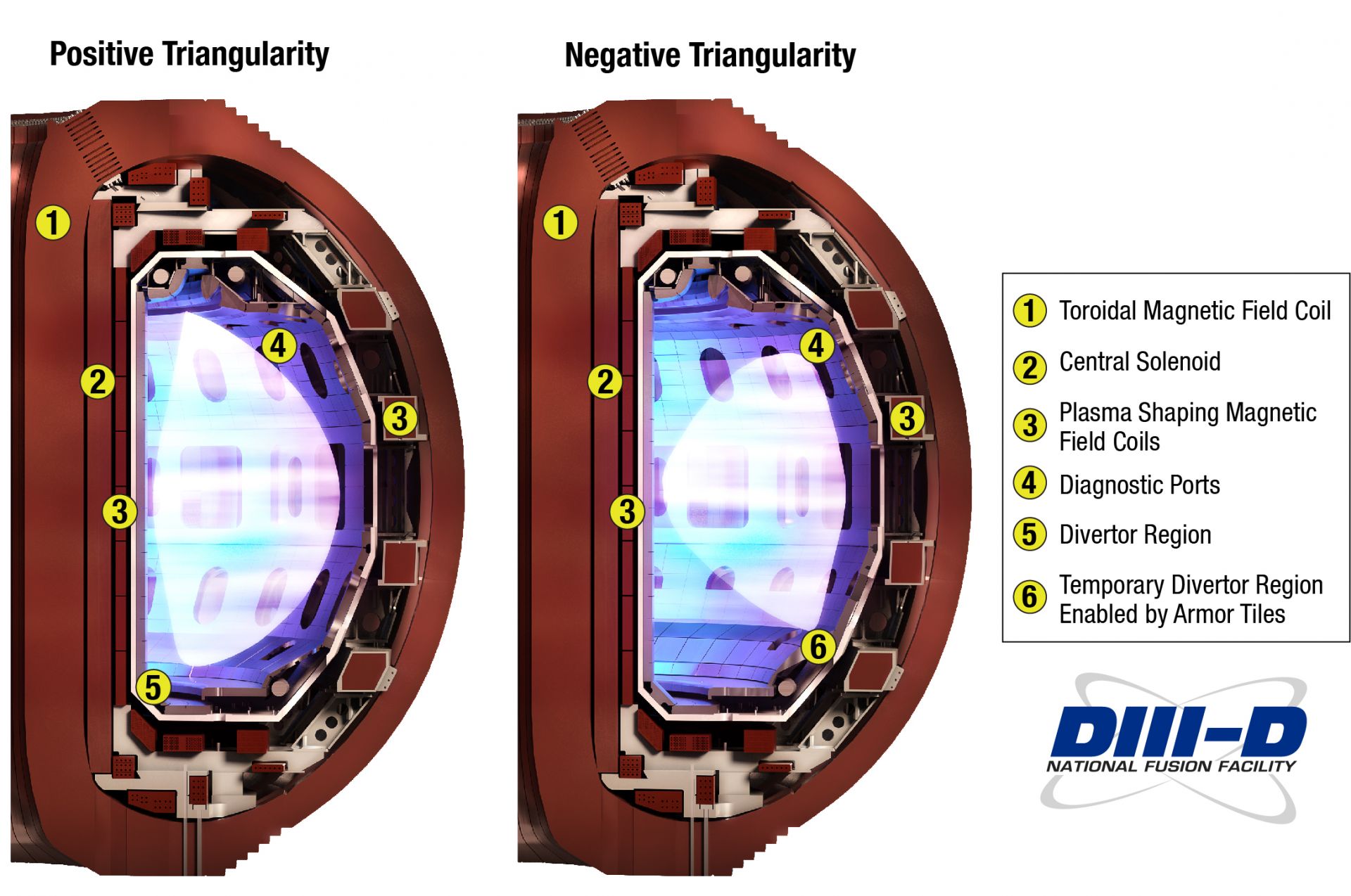
The DIII-D National Fusion Facility in San Diego, Calif., has completed a monthlong research campaign using a negative triangularity plasma configuration inside its fusion tokamak and produced initial data that “appear very encouraging,” according to an April 24 news release from General Atomics (GA), which operates the Office of Science user facility on behalf of the Department of Energy. Full experimental results on “the highest-powered negative triangularity experiments in the history of the U.S. fusion research program” are expected this summer, according to GA.
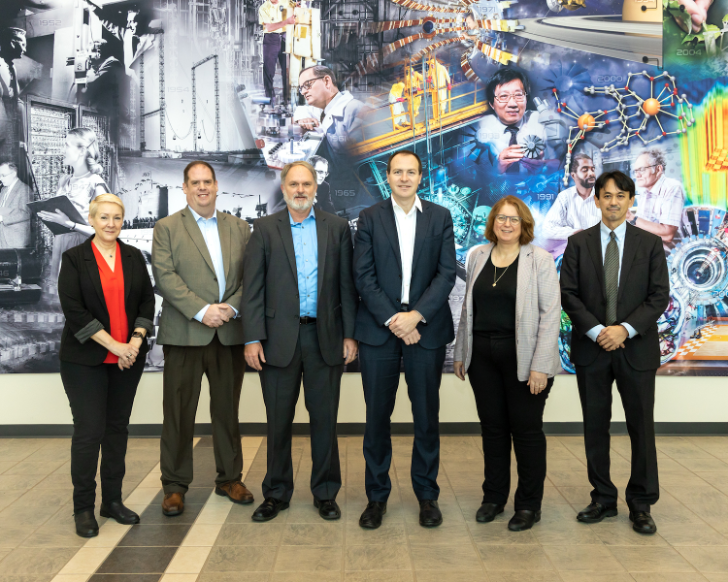
The Department of Energy’s Oak Ridge National Laboratory (ORNL) and the U.K. Atomic Energy Authority (UKAEA) have formed a strategic research partnership to investigate how different types of materials behave under the influence of high-energy neutron sources. The five-year partnership was announced by ORNL and by the UKAEA on March 13.
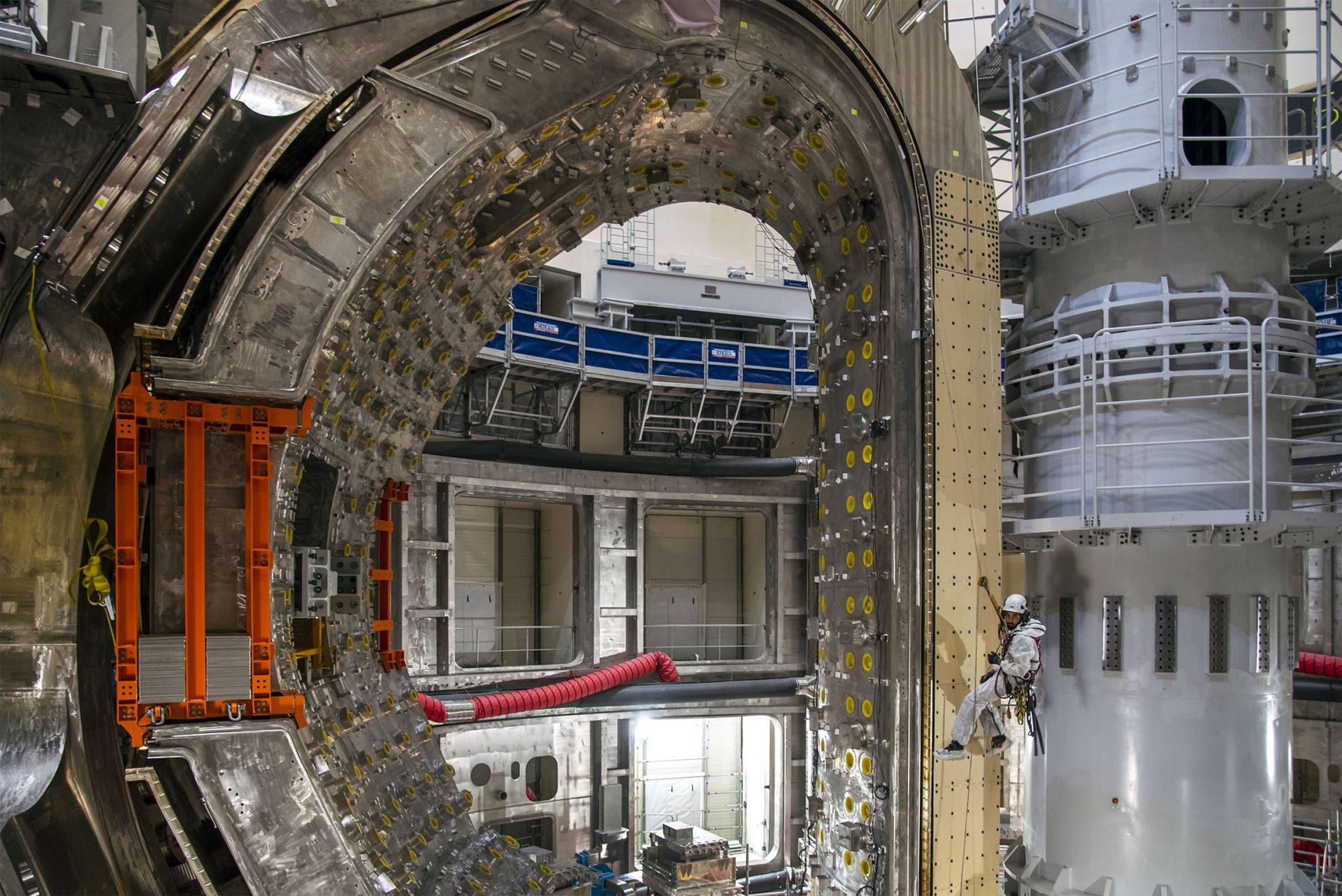
Delivery of electricity from fusion is considered by the National Academies of Engineering to be one of the grand challenges of the 21st century. The tremendous progress in fusion science and technology is underpinning efforts by nuclear experts and advocates to tackle many of the key challenges that must be addressed to construct a fusion pilot plant and make practical fusion possible.

The Department of Energy’s Office of Science (DOE-SC) and the National Nuclear Security Administration (NNSA) on July 27 announced $9.35 million for 21 research projects in high-energy-density laboratory plasmas. High-energy-density (HED) plasma research, originally developed to support the U.S. nuclear weapons program, has applications in astrophysics, fusion power plant development, medicine, nuclear and particle physics, and radioisotope production.
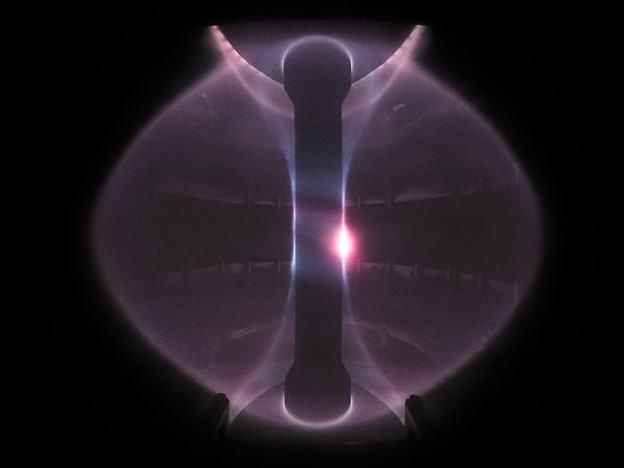
As governments around the world cooperate on the ITER tokamak and, in parallel, race each other and private companies to develop commercial fusion power concepts, it seems that “game-changing” developments are proclaimed almost weekly. Recently, the United Kingdom and China announced new fusion program results.
Here is a look back at the top stories of 2020 from our Research and Applications section in Newswire and Nuclear News magazine. Remember to check back to Newswire soon for more top stories from 2020.
Research and Applications section